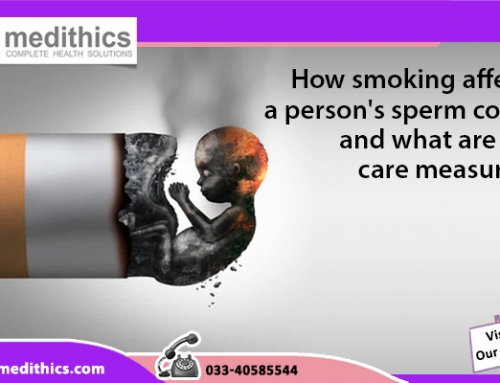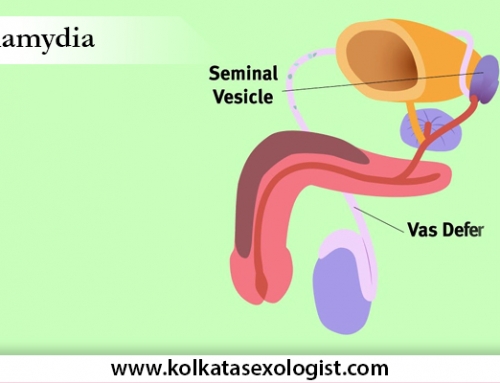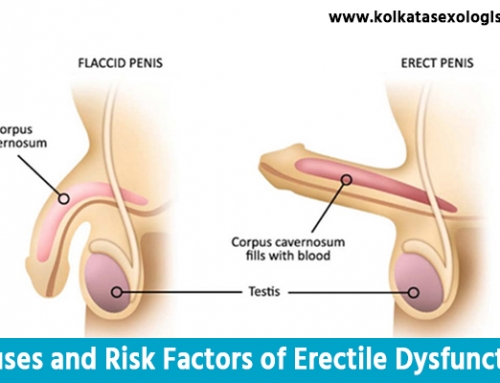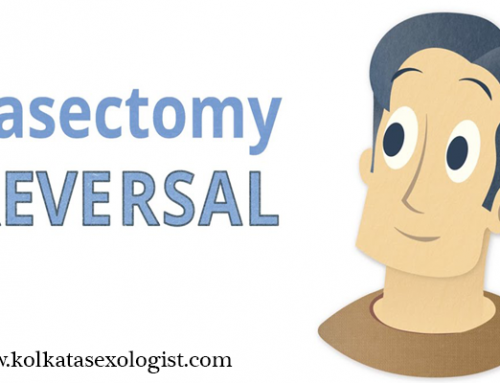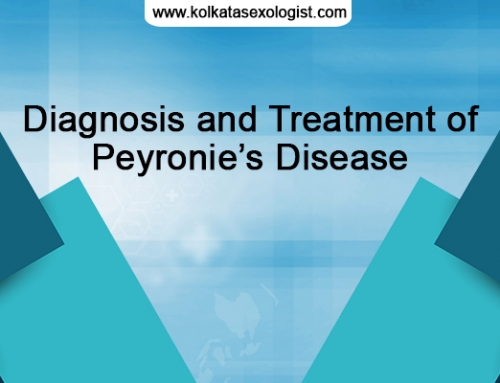Urine is stored in the bladder, which is a hollow, muscular organ. When the bladder is full, it expands and then the brain gets signal from it through the pelvic nerves that it is time to urinate. For most people, this creates the urge to urinate. All these signals get mixed up if you are suffering from interstitial cystitis. The need to urinate is felt by you more often and that too with smaller volumes of urine than most people. Women are most often affected by interstitial cystitis, which can have a long-lasting impact on quality of life. Medicines and other therapies may offer relief, but there is no cure.
Symptoms
From person to person, there is variation in the signs and symptoms of interstitial cystitis. Your symptoms may also vary over time, periodically flaring in response to some common triggers, if you have interstitial cystitis. Some of these triggers are menstruation, sitting for a long time, stress, exercise and sexual activity.
The signs and symptoms of interstitial cystitis include:
There is pain between the vagina and anus in women and pain in the pelvis of men.
There is a pain in the perineum, which is between the scrotum and anus in men.
There is a chronic pelvic pain.
There is a persistent, urgent need for urination.
Throughout the day and night, there is frequent urination, often of small amounts. The number may be up to 60 times a day.
While the bladder fills and relief after urinating, pain or discomfort is felt.
Pain during sex in women.
Pain during orgasm or after sex in men.
Contact your urologist if you are experiencing chronic bladder pain or urinary urgency and frequency.
Causes
There are several ideas, but it’s not clear why interstitial cystitis happens. There may be also a defect in the protective lining (epithelium) of the bladder. Toxic substances in the urine irritate your bladder wall due to a leak in the epithelium. An autoimmune reaction, heredity, infection or allergy are other possible but unproven contributing factors. A urology specialist can explain the proper cause in any particular case.
Risk factors
A higher risk of interstitial cystitis is based on the following factors:
Your sex.Interstitial cystitis is found in women more often than men. Symptoms in men are more often associated with an inflammation of the prostate gland (prostatitis), though they may mimic interstitial cystitis.
Your skin and hair colour. There is a greater risk of interstitial cystitis in those having fair skin and red hair.
Your age. Those people who are in their 30s or older are mostly diagnosed with interstitial cystitis.
Having a chronic pain disorder. With other chronic pain disorders such as irritable bowel syndrome or fibromyalgia, interstitial cystitis may be associated.
Complications
Reduced bladder capacity. There may be stiffening of the bladder wall due to interstitial cystitis. Your bladder holds less urine as a result of this.
Lower quality of life. Your social activities, work and other activities of your daily life get interfered due to frequent urination and pain.
Sexual intimacy problems. Sexual intimacy may suffer as personal relationships get strained due to frequent urination and pain.
Emotional troubles. Depression and emotional stress resulting from the chronic pain and interrupted sleep.
Diagnosis
There are various methods for the diagnosis of interstitial cystitis:
Urinalysis and urine culture. Your urine is sent to a lab for infection after it is collected.
Postvoid residual urine volume. The amount of pee remaining in your bladder after you go to the bathroom is measured by ultrasound in this test.
Cystoscopy. If there is blood in your pee or if treatment doesn’t help, the inside of the bladder and urethra is examined by a thin tube with a camera.
Bladder and urethra biopsy. During cystoscopy, this is usually done in which a small piece of tissue is taken and tested.
Bladder-stretching. With a cystoscopy, this is done in which you will be asleep under anesthesia and your bladder is filled with liquid or gas to stretch it out.
Prostate fluid culture (in men). Your prostate will be pressed and a sample will be milked by your urologist doctor. This is rarely done.
Treatment
Physical Therapy
Pelvic pain associated with muscle tenderness, restrictive connective tissue or muscle abnormalities in your pelvic floor may be relieved by working with a physical therapist.
Oral medications
The signs and symptoms of interstitial cystitis may be improved by some oral medications. They are:
Nonsteroidal anti-inflammatory drugs
Tricyclic antidepressants
Antihistamines
Pentosan polysulfate sodium (Elmiron)
Nerve stimulation
There are various nerve stimulation techniques which include:
Transcutaneous electrical nerve stimulation (TENS)
Sacral nerve stimulation
Bladder distention
The stretching of the bladder with water is called bladder distention. The process may be repeated if there is a long-term improvement.
Sometimes, different medications are instilled into the bladder which is also a form of treatment.
Surgery
Normally surgery is done by an uro surgeon in the cases of people whose bladders can hold very small volumes of urine. The various options of surgery include:
Fulguration
Resection
Bladder augmentation
